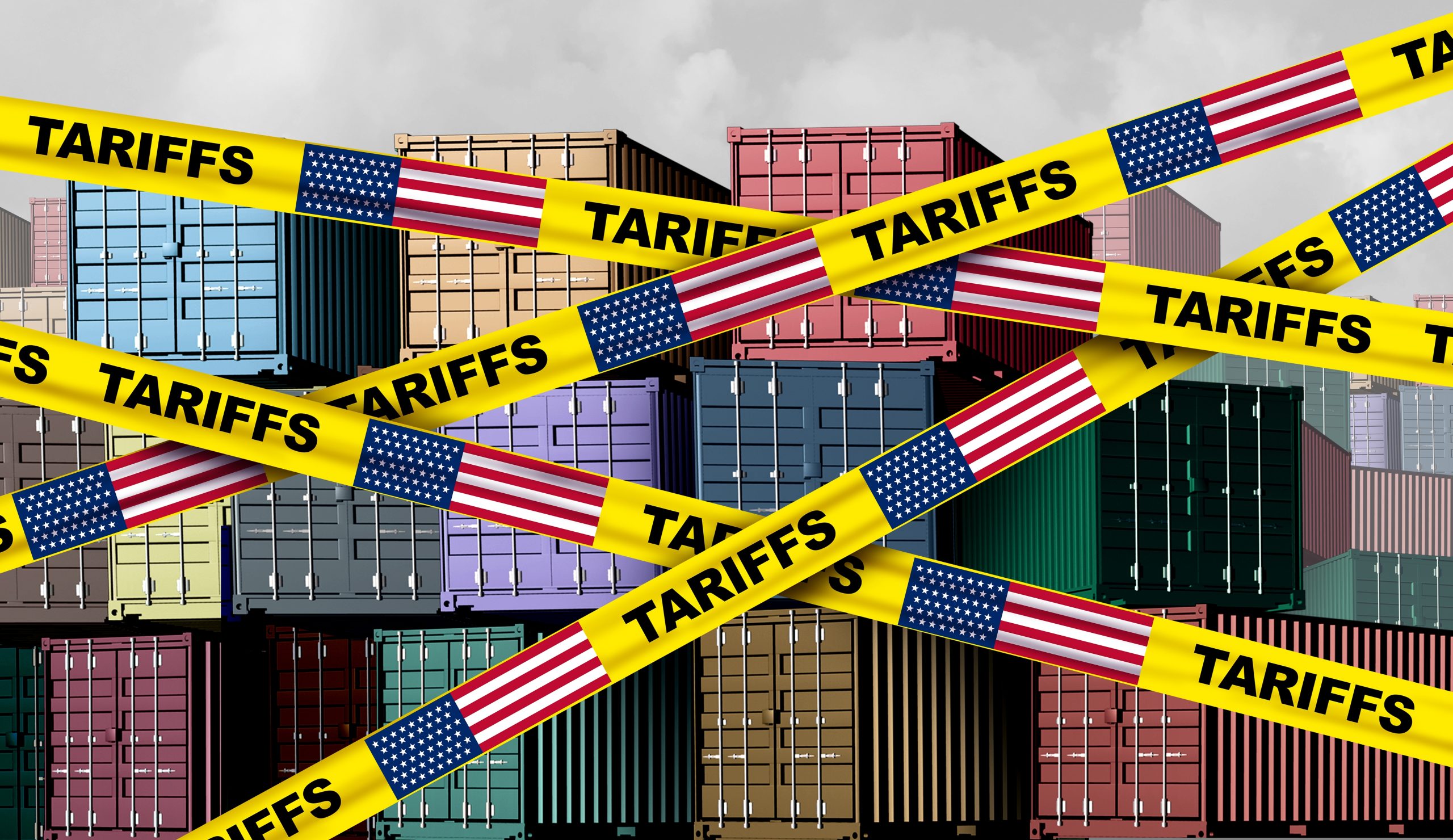Asian stock markets followed Wall Street’s upward momentum on Wednesday, while the U.S. dollar fluctuated as investors awaited clarity on President Donald Trump’s trade policy ahead of the upcoming tariff announcement next week.
Market sentiment improved slightly after Trump hinted that not all tariffs would take effect on April 2. He also suggested that some countries might be granted exemptions, though no concrete details were provided. Despite this, the uncertainty surrounding U.S. trade policy remains a key concern for global financial markets.
Adding to trade tensions, Trump announced a 25% secondary tariff on nations purchasing Venezuelan oil and gas. This initially pushed crude oil prices higher, but gains were later tempered by relief stemming from Black Sea maritime security agreements involving the Ukraine conflict.
Global Stock Market Performance
Major Asian stock indices posted gains, reflecting cautious optimism among investors.
- Japan’s Nikkei (.N225) rose 0.35%, supported by gains in the technology sector.
- South Korea’s KOSPI (KS11) climbed 0.37%, as semiconductor stocks rallied.
- Australia’s S&P/ASX 200 (AXJO) advanced 0.76%, buoyed by weaker-than-expected consumer price index (CPI) data, which increased speculation about potential monetary policy easing by the Reserve Bank of Australia. The Australian dollar slipped 0.1% to $0.6298 following the report.
- Hong Kong’s Hang Seng Index (HSI) surged 0.8%, driven by gains in real estate and financial stocks.
- Chinese blue-chip stocks remained flat as investors assessed the impact of recent government policy shifts.
Meanwhile, in the U.S., S&P 500 futures pointed 0.08% higher, signaling continued bullish sentiment after the S&P 500 Index (SPX) posted a 0.16% gain in the previous trading session.
Market Uncertainty Over Trade Policy Eases Slightly
Despite lingering concerns, investors found some relief in the latest signals from the Trump administration, which indicated that upcoming trade restrictions might be more targeted and selective rather than broad-based. This has temporarily calmed market volatility, although the lack of concrete policy details keeps traders on edge.
The U.S. dollar index (DXY), which measures the currency’s performance against a basket of major peers, edged 0.07% higher after slipping 0.12% on Tuesday—its first decline in about a week. Last week, the DXY hit a five-month low of 103.19, weighed down by fears that escalating U.S. trade tensions could push the economy toward a recession.
Economic concerns were reinforced by fresh data showing that consumer confidence had plummeted to its lowest level in over four years. Analysts warn that if trade uncertainty persists, business investments and consumer spending could slow further, potentially dragging on economic growth.
Currency & Commodity Market Movements
In the foreign exchange market, the U.S. dollar (USD/JPY) climbed 0.16% to 150.16 yen, following comments from Bank of Japan (BOJ) Governor Kazuo Ueda. Ueda emphasized that Japan had not yet met its inflation target, suggesting that interest rate hikes could proceed at a gradual pace. These remarks contributed to an increase in 10-year Japanese government bond yields, which reached their highest level since 2008.
Meanwhile, the euro (EUR/USD) dipped 0.09% to $1.0782, as investors assessed the European Central Bank’s stance on monetary policy. The British pound (GBP/USD) also weakened slightly, falling 0.1% to $1.2931.
Commodities: Gold & Oil Prices Fluctuate
Gold prices edged lower, settling around $3,019 per ounce. The precious metal has been consolidating near its all-time high of $3,057.21, reached last Thursday. Analysts note that gold demand remains strong, driven by economic uncertainty, geopolitical tensions, and central bank policies.
Meanwhile, in the crude oil market, prices moved higher amid ongoing supply concerns and geopolitical developments:
- Brent crude futures rose 0.3% to $73.27 per barrel.
- West Texas Intermediate (WTI) crude futures gained 0.4% to $69.28 per barrel.
Investors are closely monitoring U.S. energy policy, as well as potential disruptions in key oil-producing regions, which could further impact global supply dynamics.
Market Outlook
As global markets navigate a complex landscape of trade policy uncertainty, inflation concerns, and geopolitical risks, investor sentiment remains cautious. The upcoming tariff announcement from the Trump administration will be a key market driver in the coming days, shaping expectations for economic growth, corporate earnings, and financial stability.
With currency fluctuations, volatile commodities, and shifting stock market trends, traders are keeping a close watch on policy decisions, macroeconomic data, and central bank actions for further guidance.





Leave A Comment